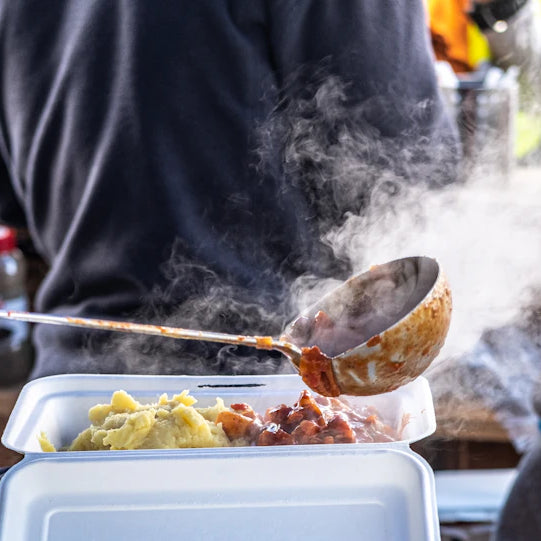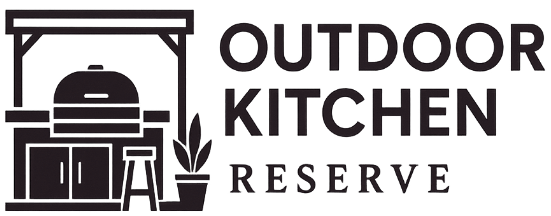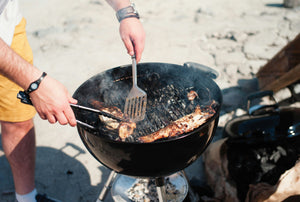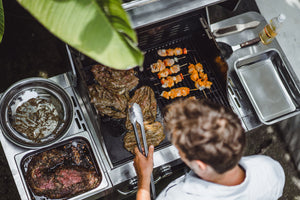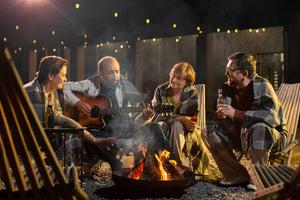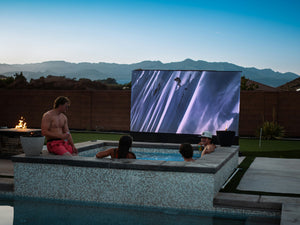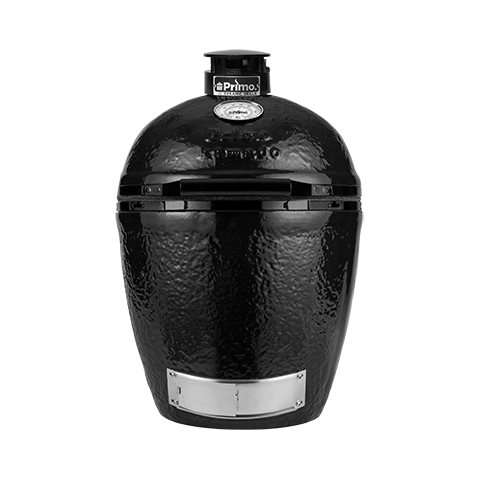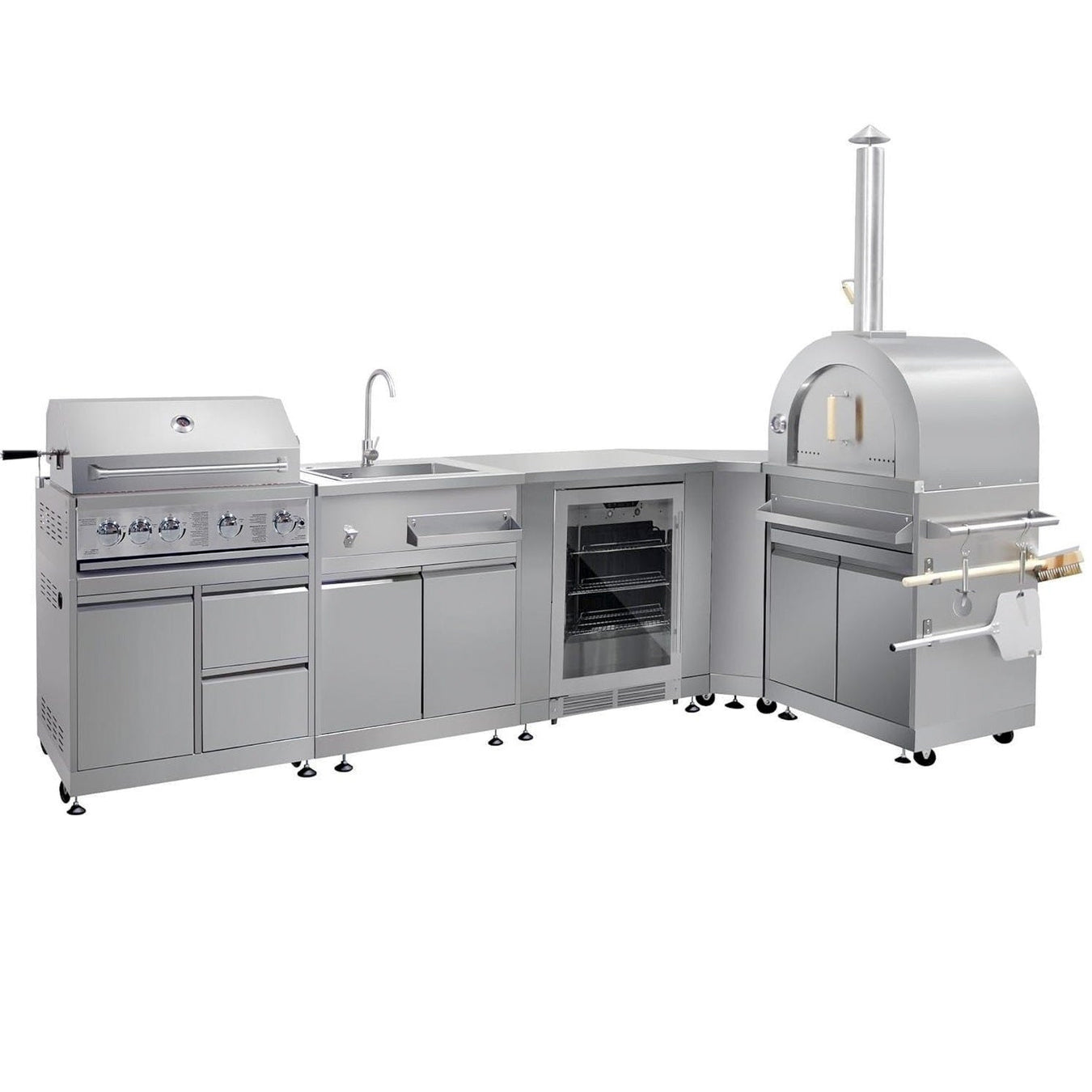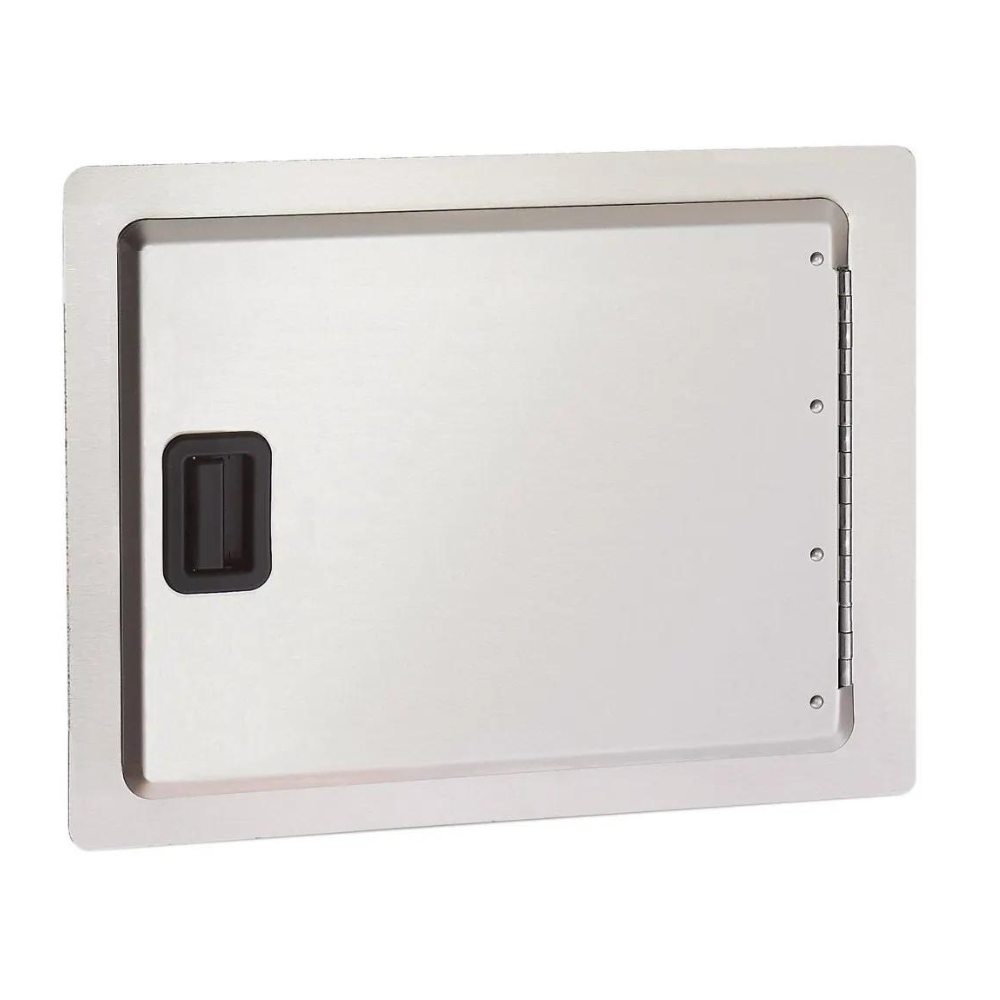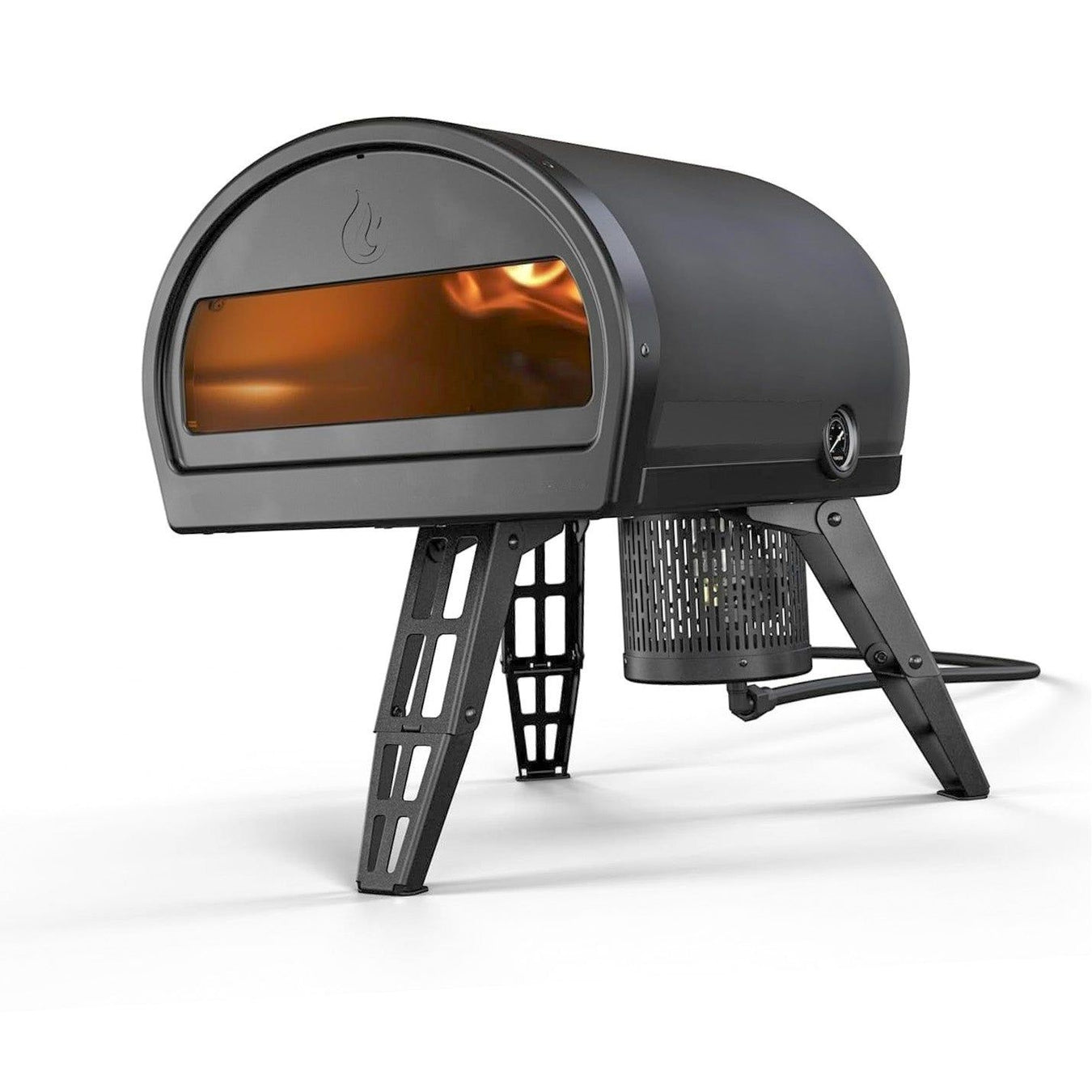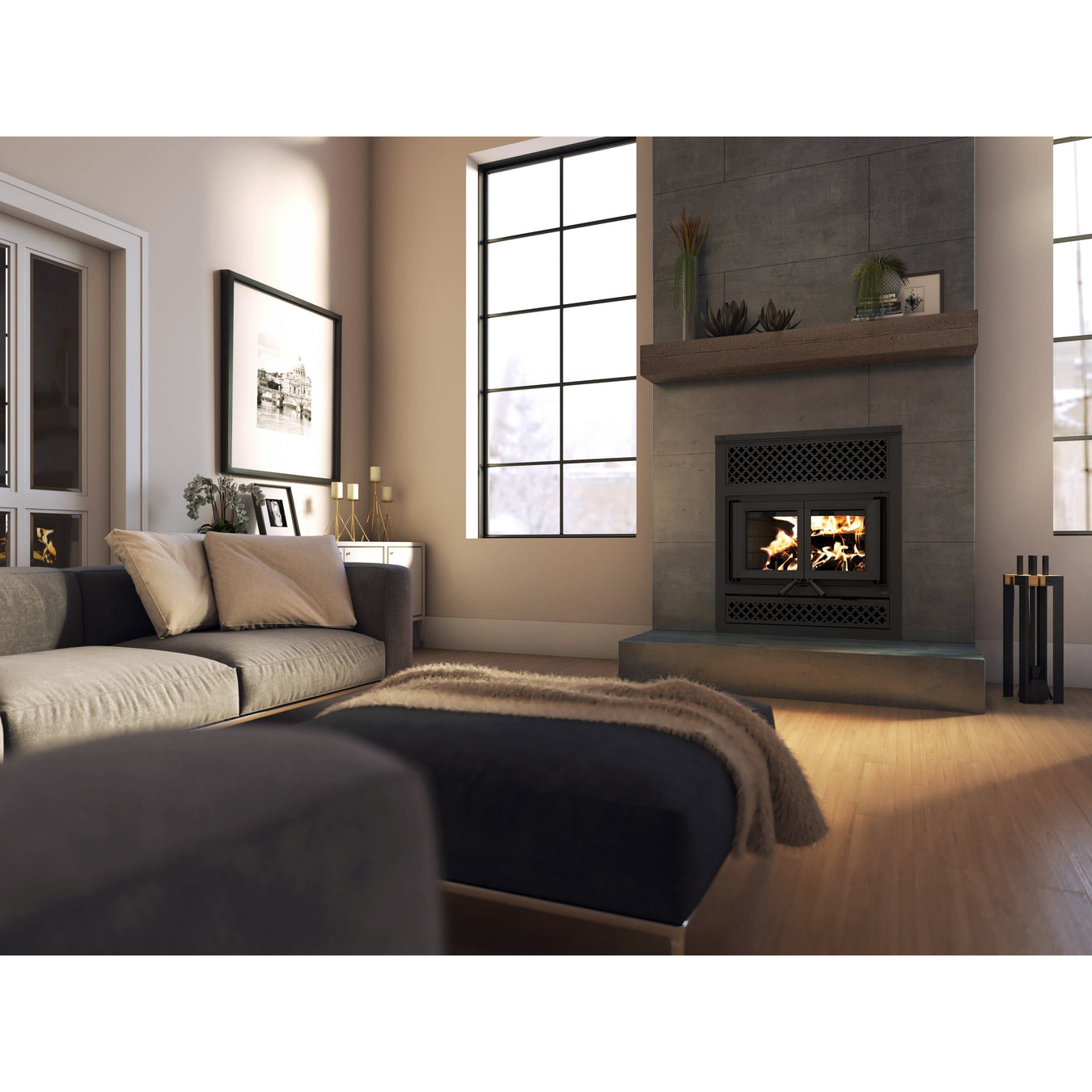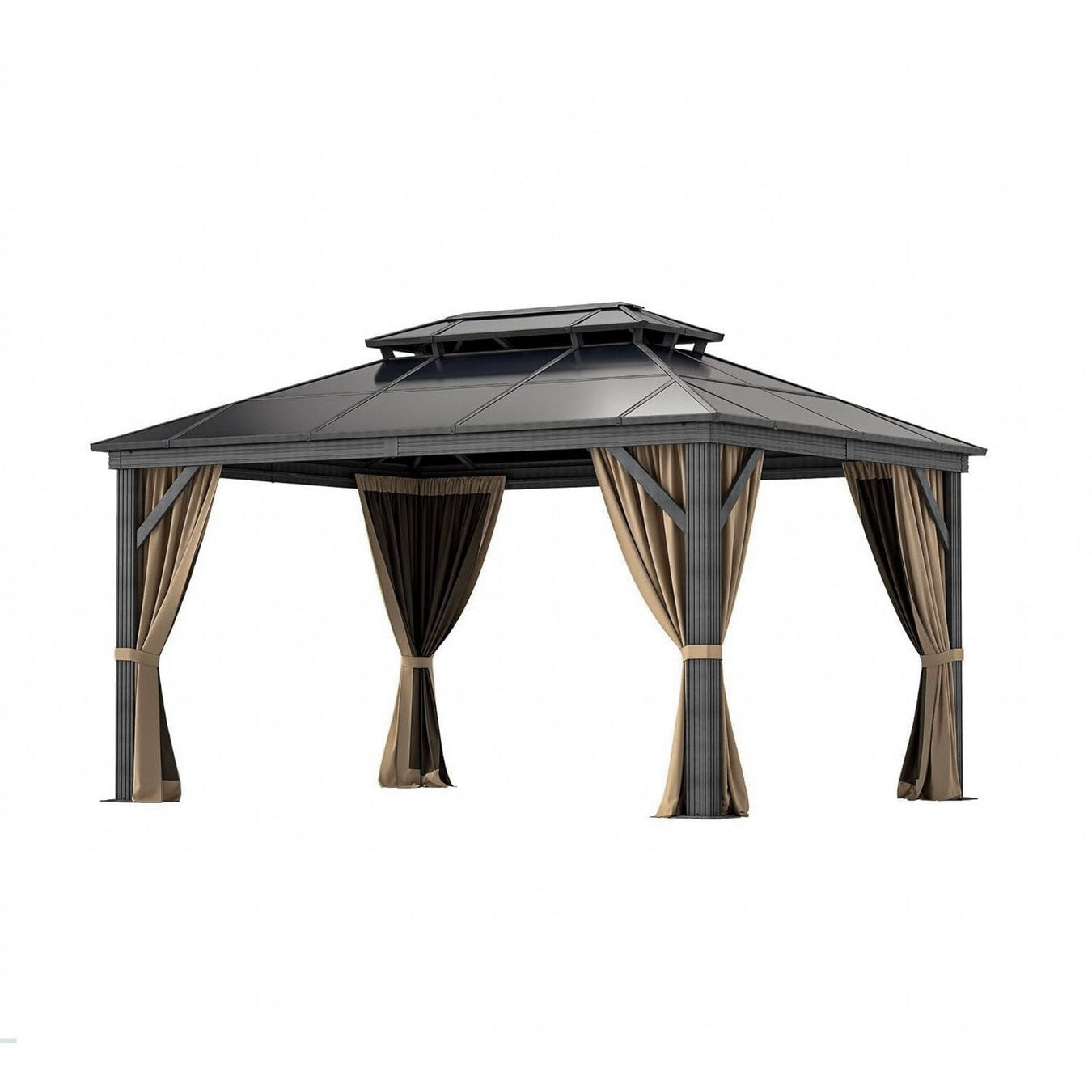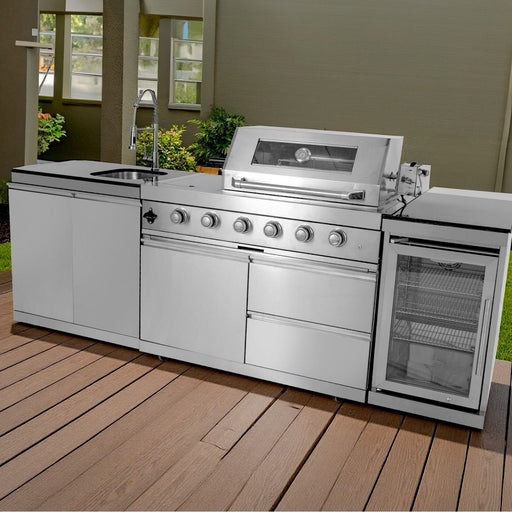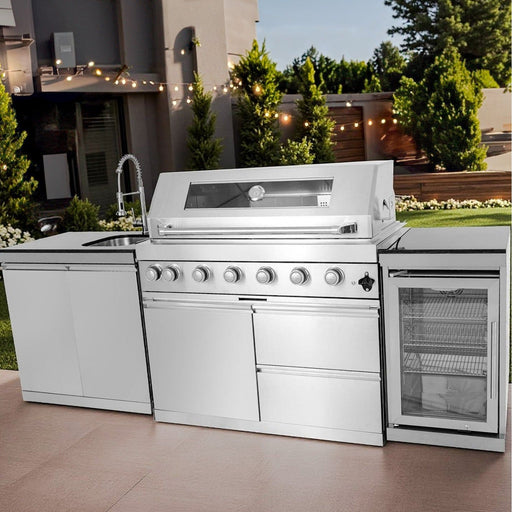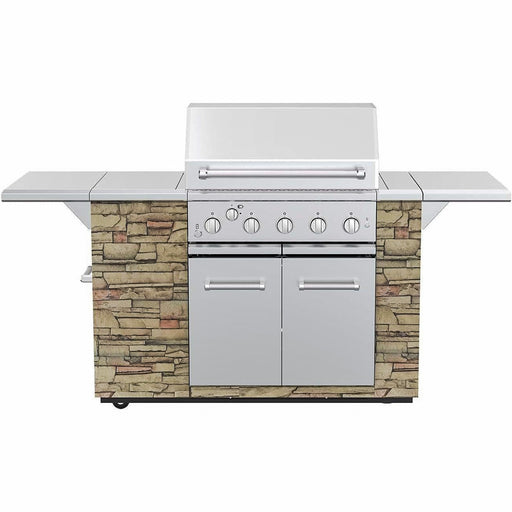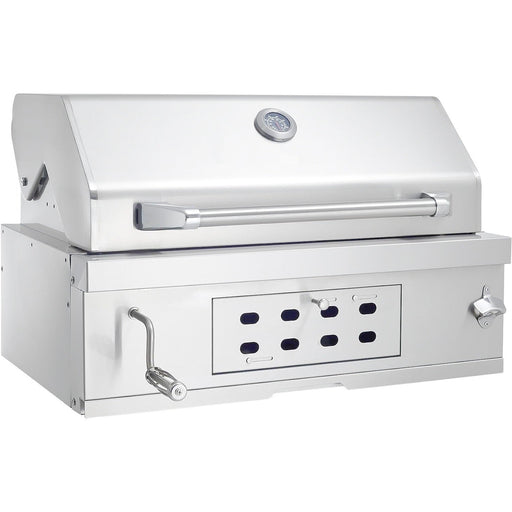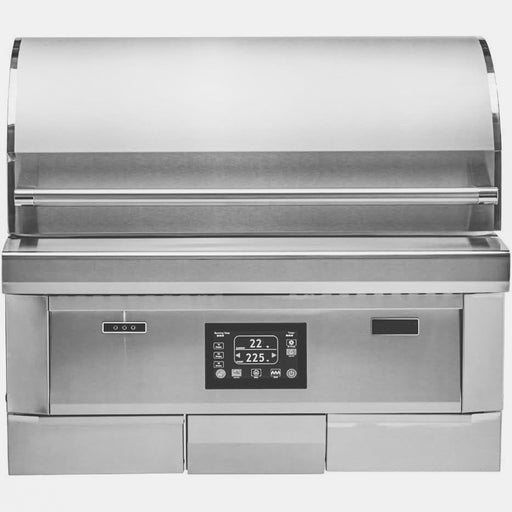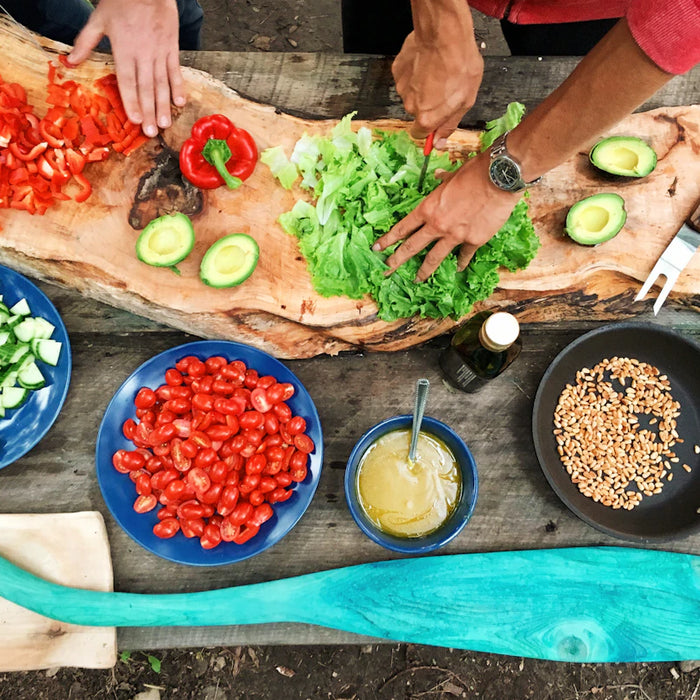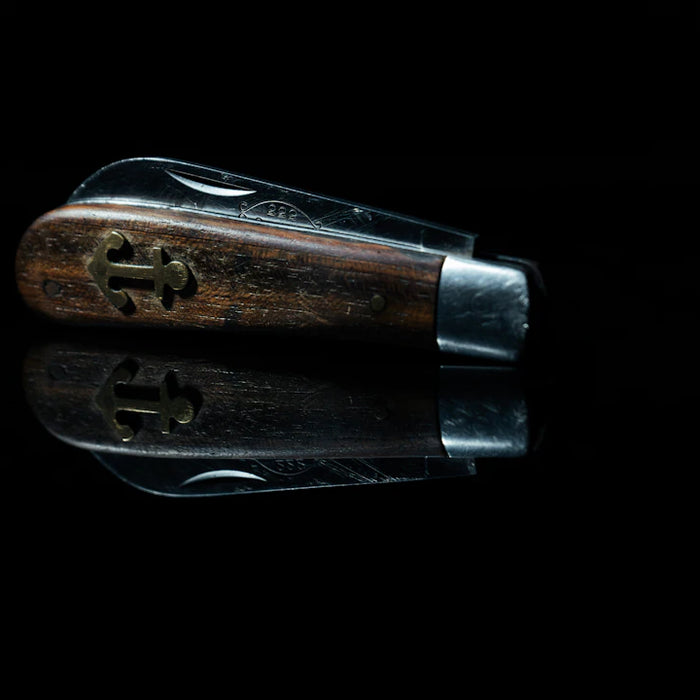Overview
- Plan an efficient layout considering the work triangle and traffic flow.
- Ensure access to essential utilities like water and electricity.
- Choose durable, weather-resistant materials for countertops and flooring.
- Prioritize proper ventilation to manage smoke and odors.
- Allocate enough space for cooking and dining areas.
- Invest in quality appliances for better performance.
- Enhance comfort with heating solutions and cozy furniture.
- Integrate landscaping and lighting for aesthetics.
Creating an outdoor kitchen is an exciting project that can enhance your living space, making it perfect for entertaining friends and family or simply enjoying a cozy evening under the stars. However, navigating the process can be daunting. In this guide, we discuss some common pitfalls to avoid when building your outdoor culinary haven. Read on to ensure your outdoor cooking experience is nothing short of spectacular!
Ignoring the Importance of Layout
Before diving into the construction of your outdoor kitchen, it’s crucial to consider how you want the space laid out. A well-thought-out layout maximizes functionality and efficiency while also enhancing the aesthetics of your outdoor living & garden. Here are some tips to help you with your layout:
Consider the Work Triangle
The work triangle in cooking refers to the ideal distances between the stove, sink, and refrigerator. In your outdoor kitchen, think about how your grills, outdoor refrigeration units, and prep areas will interact. Proper spacing allows you to move comfortably while preparing meals.
Keep Traffic Flow in Mind
Ensure your layout allows for smooth movement without any obstacles. People should be able to navigate your outdoor space easily, making it ideal for social gatherings. Avoid placing grills or fire pits in high-traffic areas, where smoke or heat might annoy guests.
Overlooking Essential Utilities
When setting up an outdoor kitchen, many homeowners forget to account for essential utilities that make outdoor cooking a breeze. Here are some elements you don’t want to neglect:
Water Access
Having easy access to water is crucial for various tasks, from washing vegetables to cleaning up after cooking. Consider installing a sink in your outdoor kitchen to save time and effort. Remember to ensure proper drainage to prevent water pooling in your outdoor living space.
Electrical Outlets
Whether you plan to use outdoor audio & video equipment or need power for outdoor heating solutions, having adequate electrical outlets is necessary. Use weatherproof installations to protect your outlets from the elements and position them conveniently around the cooking and dining areas.
Choosing the Wrong Materials
Outdoor kitchens are exposed to various environmental conditions, which can affect the durability and longevity of the materials used. Opt for materials that are resistant to moisture, heat, and UV rays. Here are a few recommendations:
Weather-Resistant Countertops
When selecting countertops, go for materials like granite or quartz that can withstand outdoor elements. Avoid laminate or untreated wood, as they can warp or fade when exposed to moisture and sun for prolonged periods.
Durable Flooring Options
Your outdoor kitchen flooring should withstand heavy foot traffic and moisture. Consider natural stone or porcelain tiles that offer both durability and style. Avoid materials that can become slippery when wet to ensure safety.
Neglecting Proper Ventilation
Proper ventilation is crucial for any outdoor kitchen. Without it, smoke from your grills and fire pits can accumulate, creating an uncomfortable environment. Here are some factors to consider:
Installing Range Hoods
If your outdoor kitchen includes covered areas, consider installing a range hood to efficiently vent smoke and odors outdoors. This can make your cooking experience more enjoyable and prevents greasy buildup.
Open-Air Design
In most cases, a well-ventilated open-air design enhances airflow. If possible, create your outdoor kitchen in a way that allows natural breezes to flow through, ensuring a pleasant cooking atmosphere.
Underestimating Space Needs
When designing an outdoor kitchen, it's easy to underestimate how much space you really need. Make sure you allocate enough room for each segment of your outdoor cooking area:
Grill and Cooking Zone
Your grill and cooking zones should have sufficient space for easy access and movement. Don't crowd these areas with outdoor furniture or decor. Maintain a buffer zone around grills and outdoor griddles to prevent accidents.
Dining Space
Consider your dining area or BBQ grill islands. Make sure you have enough space for a table and chairs, allowing diners to enjoy meals comfortably. The dining area should ideally be close enough to the kitchen for easy serving and cleanup.
Skipping on Quality Appliances
While it might be tempting to cut costs here, investing in quality appliances will pay off in the long run. Here’s what to keep in mind:
Choose Reliable Grills and Cooking Equipment
When selecting grills, outdoor pizza ovens, or outdoor griddles, prioritize reliability and build quality. Opt for recognized brands known for their performance in outdoor environments.
Outdoor Refrigeration
Having a dedicated outdoor refrigerator can greatly enhance your outdoor cooking experience. Choose appliances designed specifically for outdoor use that can withstand varying temperatures and humidity levels.
Forgetting Comfort Elements
Don’t forget the comfort of your guests. Integrating elements that enhance the overall experience is essential for making your outdoor kitchen inviting:
Implementing Outdoor Heating Solutions
Consider adding outdoor heating solutions like patio heaters or fire pits for those cooler evenings. This will extend the usability of your kitchen throughout the year, creating a cozy and welcoming atmosphere.
Cozy Outdoor Furniture
Invest in comfortable outdoor furniture for dining and lounging areas. Choose weather-resistant materials that maintain their look and feel despite exposure to the elements. Your guests will appreciate a place to relax before and after enjoying a meal.
Neglecting Landscaping and Aesthetics
Lastly, the aesthetics of your outdoor kitchen are just as important as functionality. When integrating landscaping and decor, keep a few points in mind:
Blend with Nature
Your outdoor kitchen should harmonize with your existing landscaping. Choose materials and colors that complement your garden and outdoor living space for a seamless integration.
Light Up the Night
Proper lighting can make your outdoor kitchen both safe and inviting. Use ambient lighting to create an inviting atmosphere, and task lighting to ensure safety while cooking. Solar power back up options can also be an eco-friendly choice for outdoor lighting, allowing you to illuminate your space without increasing energy costs.
Get Ready to Enjoy Culinary Bliss
Building an outdoor kitchen requires careful consideration and planning, but avoiding these common mistakes will set you up for success. By focusing on proper layout, utilities, materials, ventilation, and comfort, you can create a kitchen that not only meets your cooking needs but also enhances your overall outdoor living experience. Remember, it's all about creating a space that reflects your taste and lifestyle. So roll up your sleeves, get started, and soon you’ll be entertaining in your stunning outdoor space!
